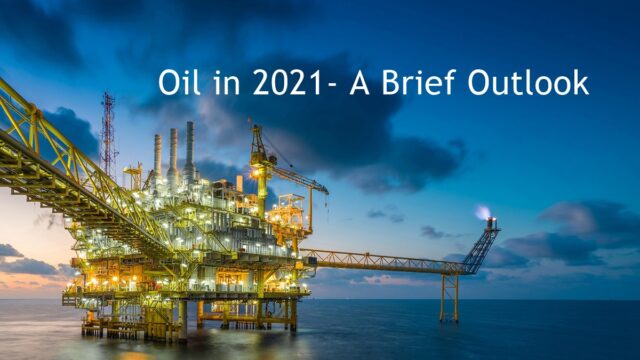The oil industry started in 2020 on a positive note. Many oil producers intended to drill more wells to take benefits of higher prices. But, unexpectedly, the pandemics outbreak obstructed the oil industry, as government restrictions on travel pushed oil demand from a cliff. While consumption has improved since the initial collapse, it is not rebounding as quickly as many forecasters had expected. The oil industry faces a long road to get back to normal levels of profits and production.
It will take years for the Oil Sector to Retake a Positive Direction
Contents [show]
At the beginning of 2020, most oil market predictions expected continued growth regarding oil demand. For instance, in the January Oil Market Report from the International Energy Agency (IEA), it forecasted a further 1.2 million BPD increase in oil demand on a global level for the year. It was in addition to the 1.1 million barrel per day growth last year.
However, the COVID-19 epidemic shattered the industry’s growth expectations. The IEA now only expects global oil demand to average BPD 91.7 million this year, an astonishing BPD 8.4 million year-on-year drops. Meanwhile, OPEC also recently lowered its demand expectations for 2020, cutting 400,000 BPD from its initial projection to arrive at a final 90.2 million BPD figure.
Unfortunately, the most recent market reports, the IEA wrote that the economic slowdown would take months to fully take the opposite direction as some sectors are unlikely to return to their pre-pandemic consumption levels, during the year 2021 and in the years to come.
Oil Stock Market Forecasts
In 2021 and years to come, the pessimistic outlook for oil demand is what oil companies didn’t want to see, as most had hoped that consumption would rebound sharply in 2021. This anticipated improvement would support oil prices, giving the necessary cash to relaunch their drilling programs.
However, with demand not expected to rebound next year, oil companies will have to rethink the strategies. They certainly must shift more to maintenance mode then start production. Obviously, they will only drill new wells to replace production decrease in old ones.
For this reason, they are likely to use a lot fewer rigs in the next year. For instance, Parsley Energy set its initial 2020 budget, giving it sufficient cash to work on 15 drilling rigs. With crude oil prices below $40 a barrel, and given current demand forecasts growth is irrelevant. Therefore, Parsley Energy and his peers will probably focus on stabilizing production, which in their case will require only four to five rigs.
With demand for drilling rigs not expected to rebound, oil industry contractors’ market conditions go from bad to worse. This is evident in the forecast from drilling contractor Patterson-UTI Energy. After operating on nearly 80 platforms in the turbulent second quarter, the company expects that number to drop to 60 in the third quarter. In the meantime, Patterson only has contracts covering an average of 40 platforms for the months to come. For this reason, its profits and margins will probably continue to decline.
A Difficult Road to Travel
It has certainly been a brutal year for many sectors, including the oil industry. Oil prices plummeted, setting off a shockwave that made many oil manufacturer companies go bankrupt. The market conditions are not improving as quickly as industry forecasters had hoped, suggesting that the industry is in difficult times. Those who survive will probably have to consider merging with rivals hoping that their increased stature will weather the storm better that seems to be ahead for the industry.
Like many other sectors, the oil industry is jeopardized due to the badly controlled health crisis over the last year. All the eyes are now peeled on the vaccine research and the efficiency of their distribution worldwide since it directly affects the consumers’ demands and needs for the oil. It remains to hope for the best.


